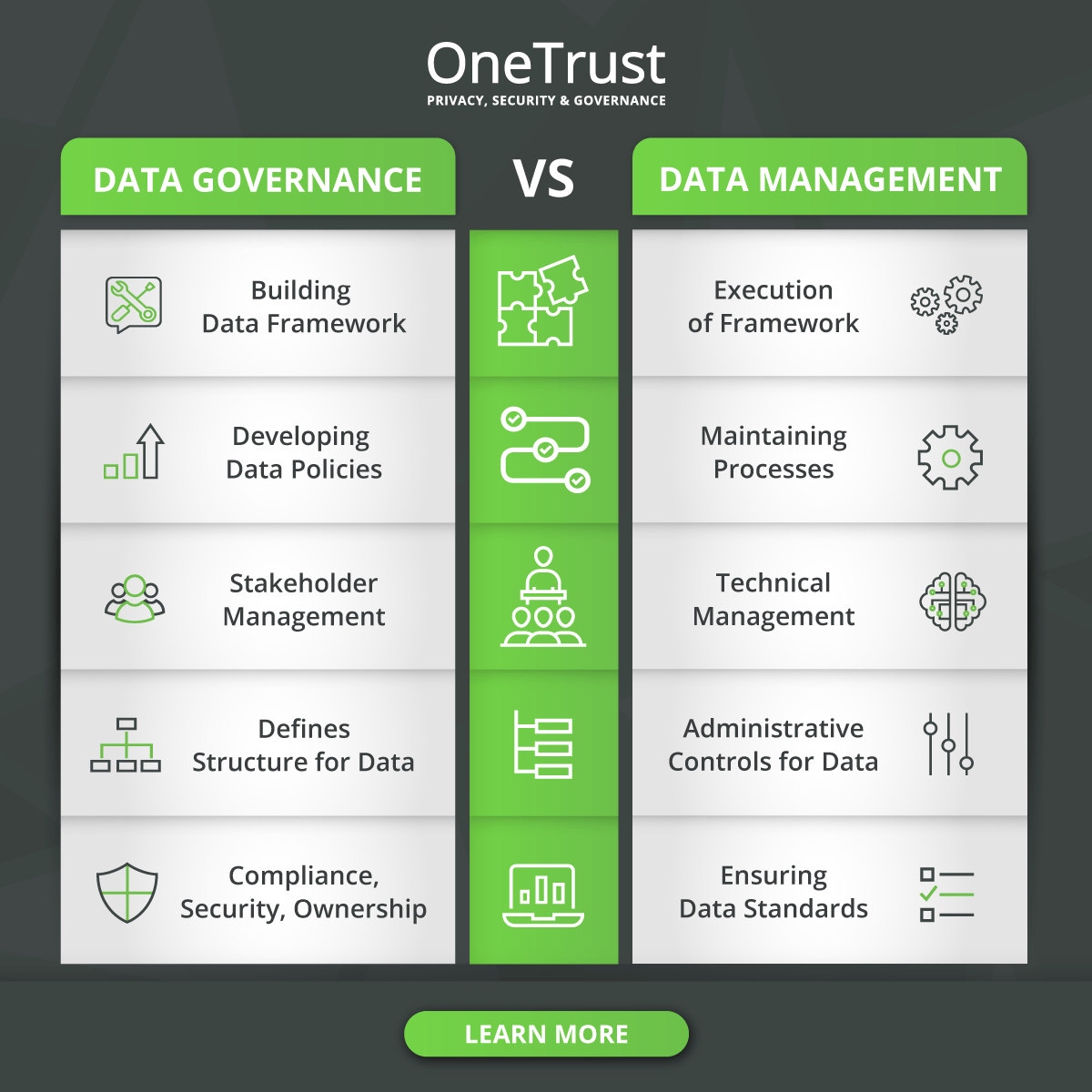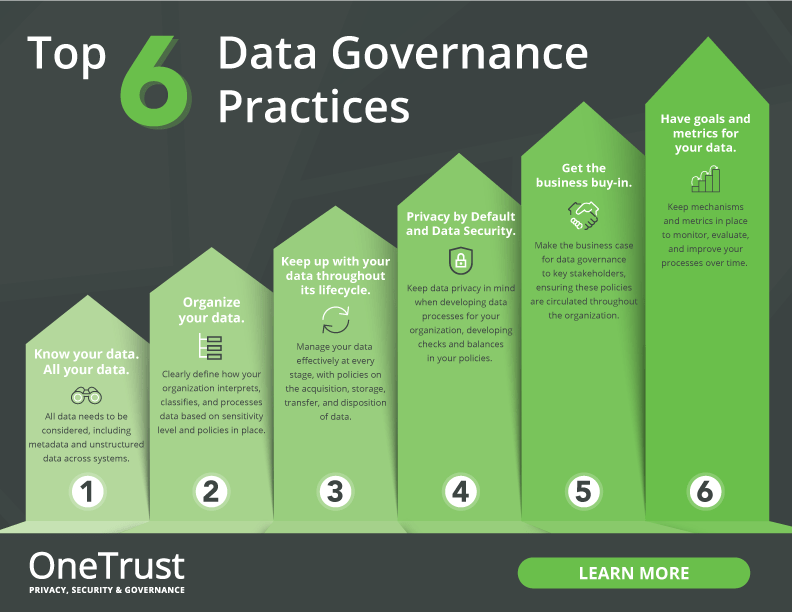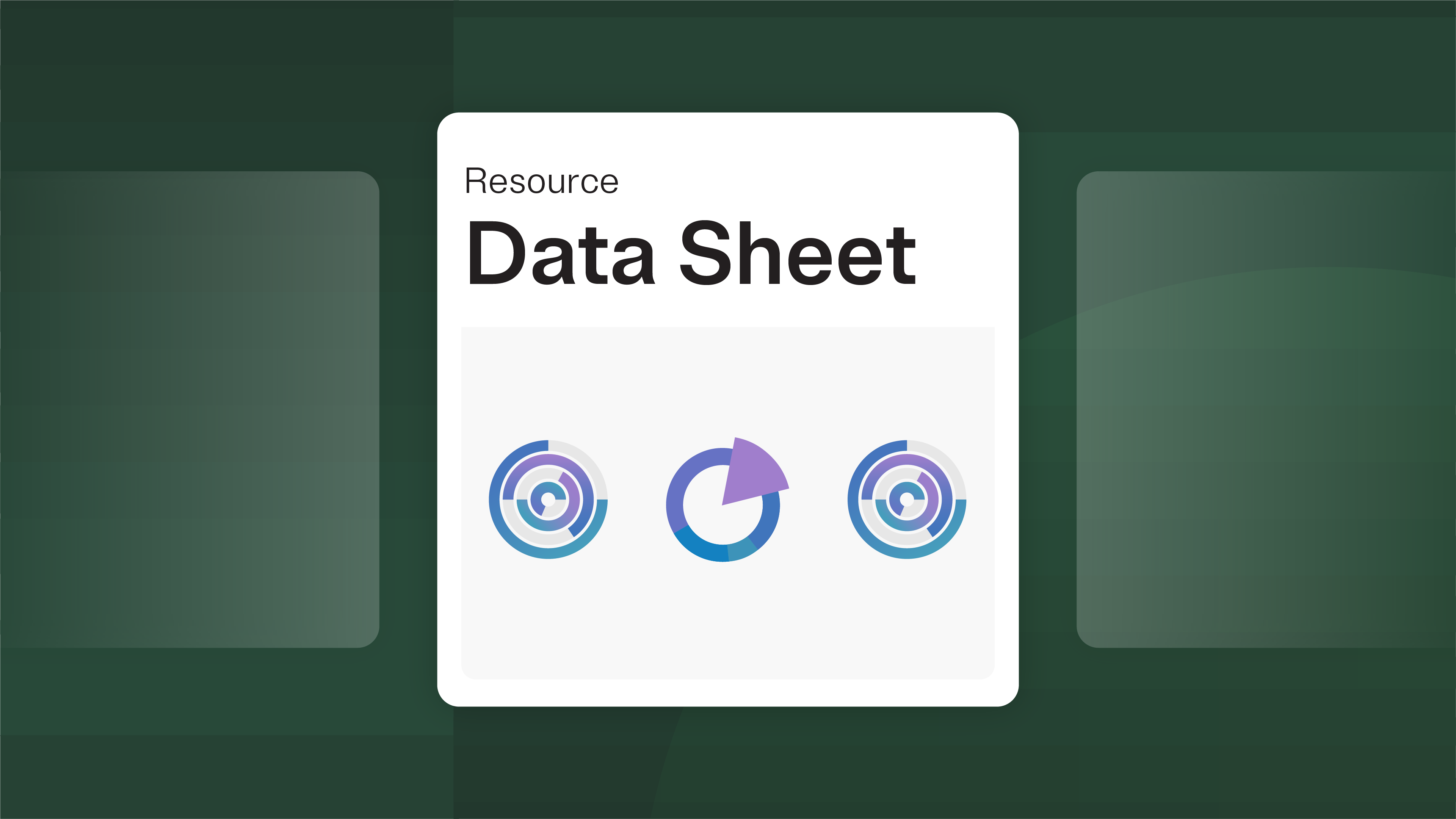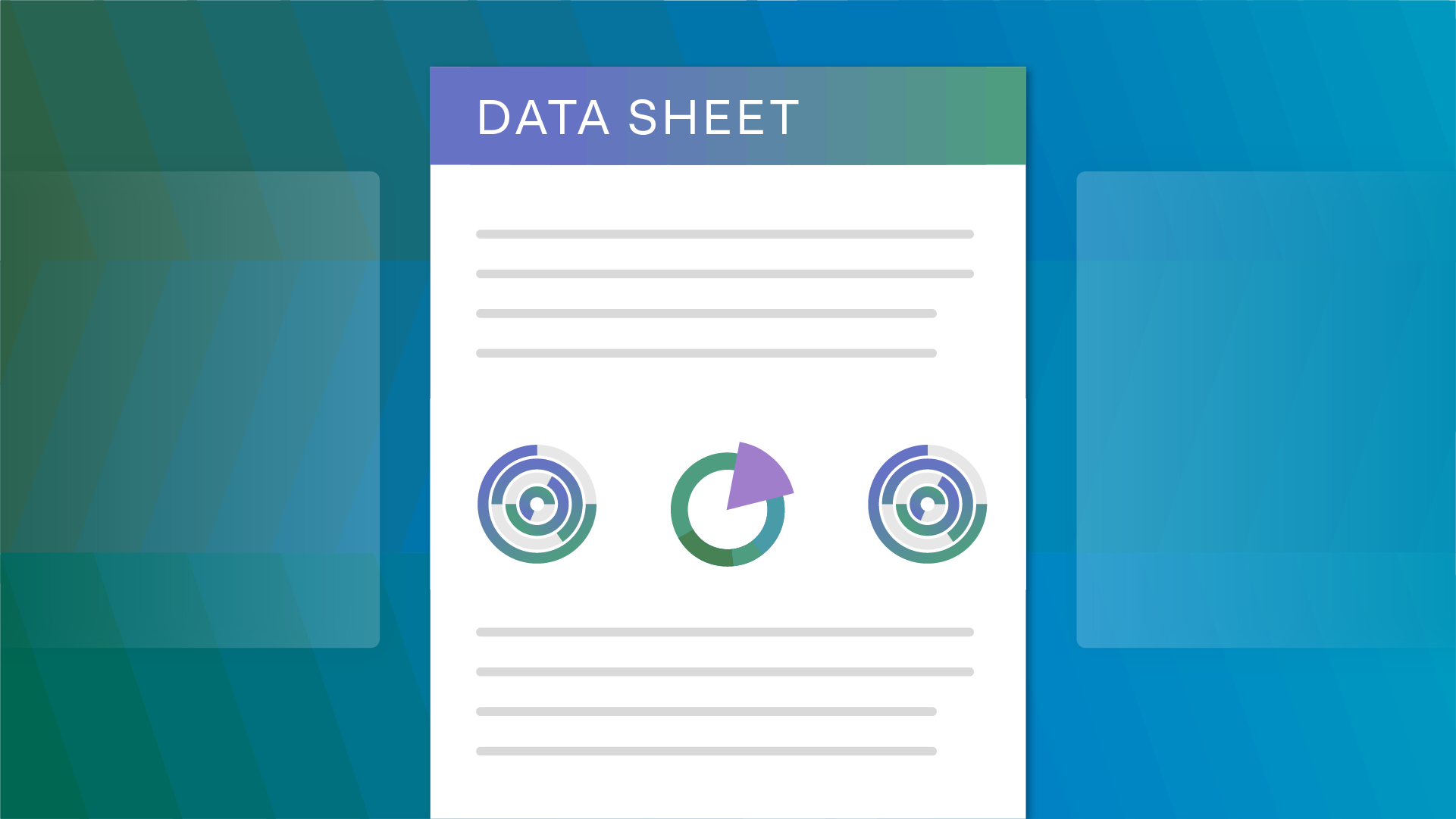The Data Governance Institute broadly defines data governance as “the exercise of decision-making and authority for data-related matters.”
As we descend from the 30,000 ft definition, data governance can be seen as a collection of processes that enable data stakeholders to create and manage data.
To manage your data effectively, you’ll need a data governance solution that protects the privacy, security, and integrity of the data, while adding value to your business.
Considering the pace at which security frameworks and privacy regulations (such as the alphabet soup of GDPR, CCPA, CPRA, LGPD, PIPL, ISO, NIST) are evolving, your organization needs robust data governance to not only comply but generate actionable insights as well.
Throw in the ever-growing volume of data generated each day across departments and it’s clear to see why you need to make data governance a priority. Take a look at the sections below to learn more about data governance and how it can help your organization.
Top 4 Data Governance Principles
Data Governance relies on a few key principles that ensure checks and balances within your organization. To establish effective implementation, let’s go through four data governance principles your organization can take to turn this daunting task into a rewarding journey.
1. Transparency
Know what data you have, where it’s located, what it contains, and how it should be protected.
2. Accountability
Who is responsible for your data, why do they have access to it, and what are they using it for? Is it compliant? This is the concept of data stewardship, where certain people across departments in your organization take responsibility for data.
3. Data Integrity
Is your data accurate, relevant, and timely? Does it follow policies? How can your data quality be improved?
4. Collaboration
Is there common ground for different disciplines within your organization to view, manage, and operate?
Take a look at what a couple of our trusted partners have to say about their experiences with these principles.
For more information about these data governance principles and how they can help your organization, check out our blog here!
Data Governance Framework
A good Data Governance framework can be summed up in the 5 W’s (and 1 H).
Who?
Who are the data stakeholders, data governance officers, and data stewards responsible for and affected by the data?
What?
What are your goals of data governance, and what metrics do you use to determine success (short-term and long-term) in these initiatives?
When?
When does the data flow from one party or stakeholder to another? When are the cadences in the organization for the movement of data and metadata?
Where?
Where is the data stored? Where is it managed? What does the data architecture (the structure of data and data-related resources) look like?
Why?
Why are you implementing data governance in your organization? What is your driving mission?
How?
How is the data going to be modeled? How will analysis, design, testing, maintenance, and data security be baked into these processes to keep them efficient?


































